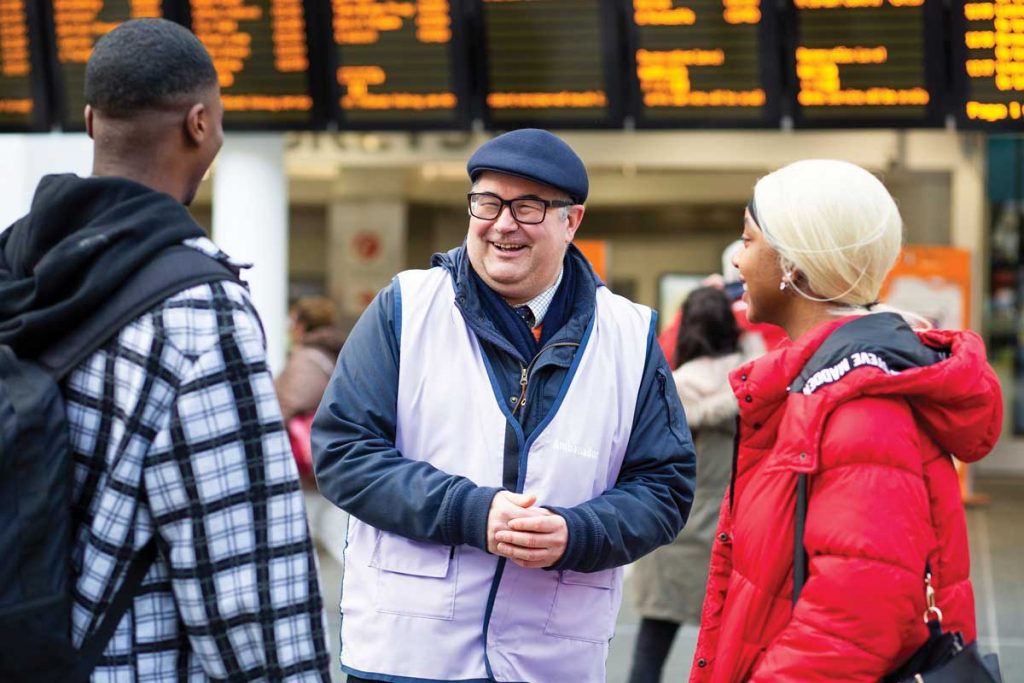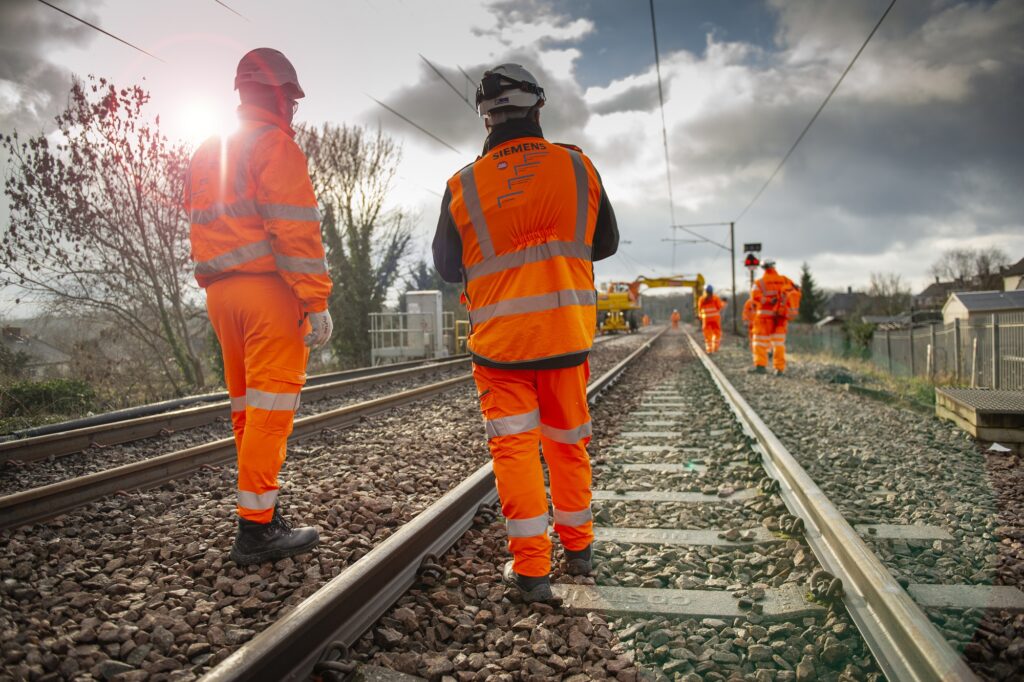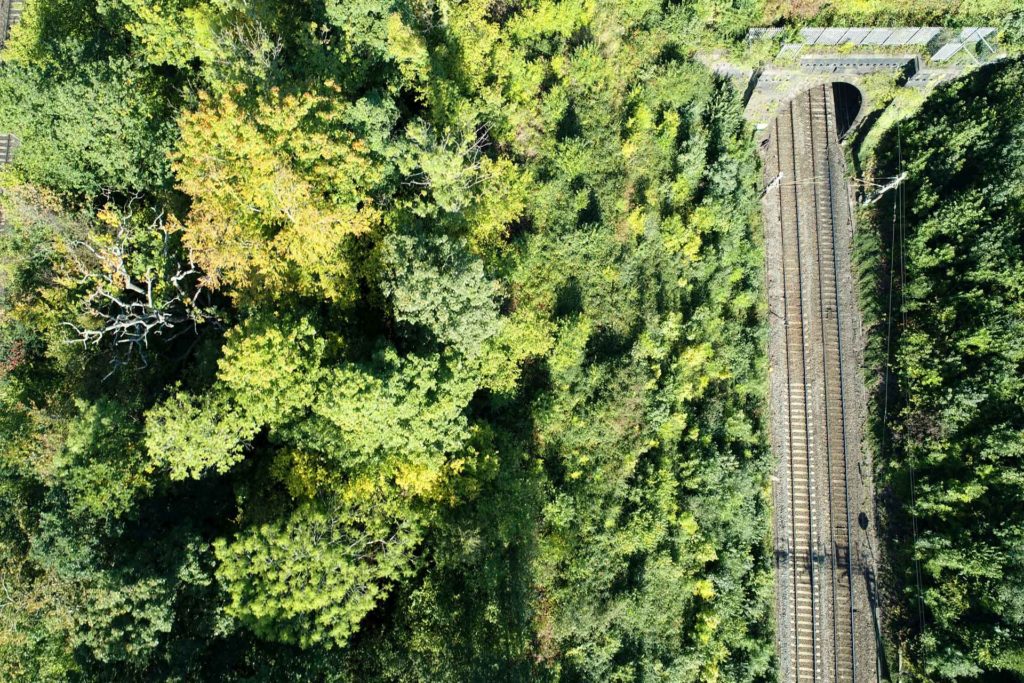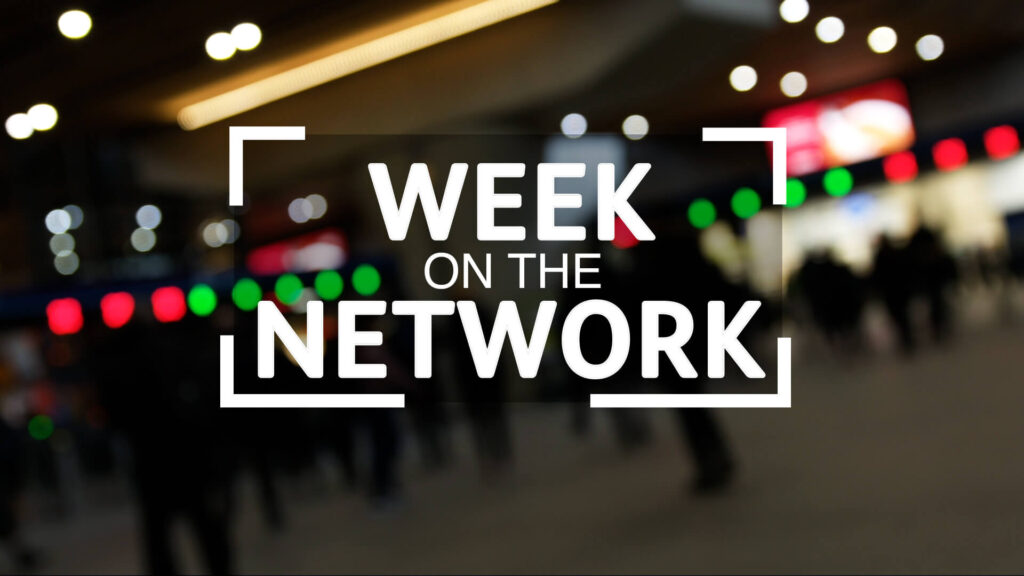Who we are
We own, operate, maintain and develop the railway infrastructure in England, Scotland and Wales.
That’s 20,000 miles of track, 30,000 bridges, tunnels and viaducts and the thousands of signals, level crossings and stations. We manage 20 of the country’s largest stations. The rest – over 2,500 – are run by the train operating companies.
Our purpose and role
Our purpose is to connect people and goods with where they need to be. We support our country’s economic prosperity and contribute to the objectives of the UK and Scottish Governments.
Our role is to run a safe, reliable and efficient rail network and our vision is to deliver a simpler, better, greener railway for our customers and communities.
Our vision – Simpler, better, greener.
Simpler

We’ll play our part in improving the service we give to customers, unifying the railway to make it easier for people to choose rail, growing passenger numbers and freight. We’ll root out waste and duplication and stop doing things that don’t add value.
Better

We will continue to put passengers first, shift more goods by rail, encourage local accountability and be more commercially minded. We’ll create a new type of rail leader, invest in the skills and safety of our colleagues, help rebuild the railway with our partners and play our part in rail reform.
Greener

And by making rail simpler and better, we will attract more people to the cleanest, greenest form of mass transport, while reducing our own carbon footprint.
Our culture
We empower our people to always be safe. To care about the railway, its users and each other, and put teamwork at the heart of all that we do.
How we’re organised
As a public sector arm’s length body of the Department for Transport, we retain the commercial and operational freedom to manage Britain’s railway infrastructure in England, Wales and Scotland within regulatory and control frameworks.
Our routes and regions
Our business is split into five geographical regions, with those regions sub-divided into routes. These regions and routes are devolved businesses. This allows us to make many decisions locally, closer to our customers and the communities we serve.
Recommended stories
View our latest stories from around the network.
Week on the Network
There’s always something happening on the railway. Our Week on the Network series keeps you right up to date with everything we’re doing, every seven days. Be sure to subscribe on YouTube and never miss an episode!

In the news
Latest news from Network Rail.
Related pages
Get in touch
We have a number of ways you can get in touch. Visit our contact us page for more information.